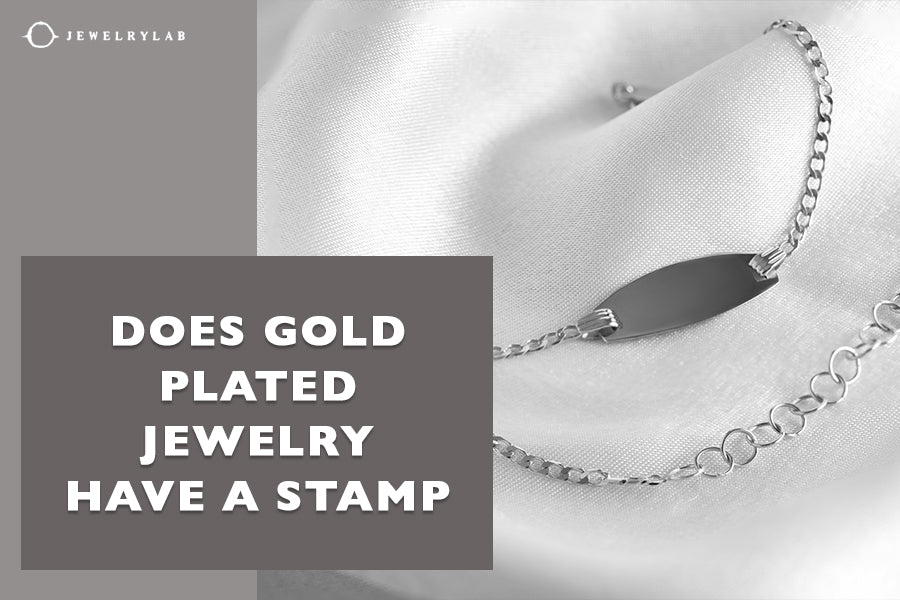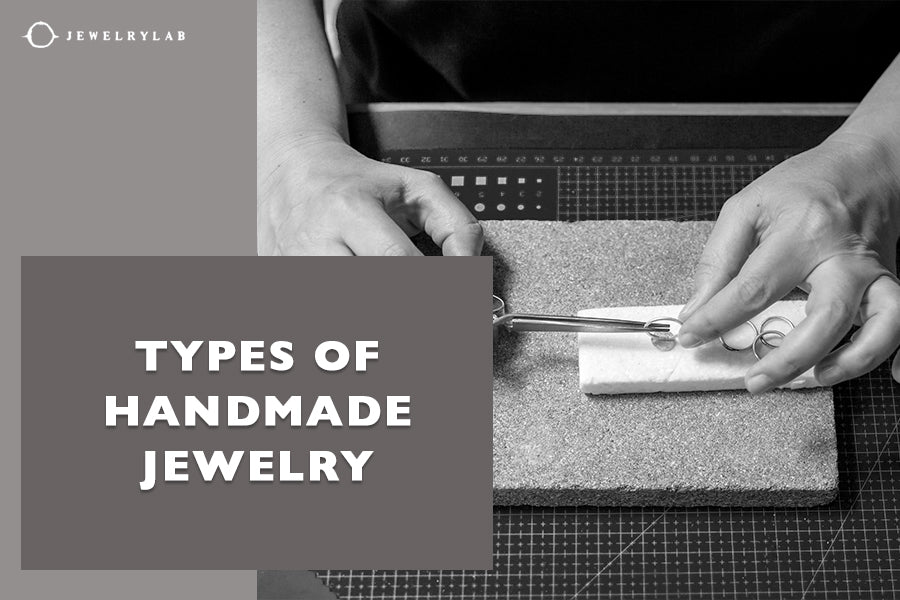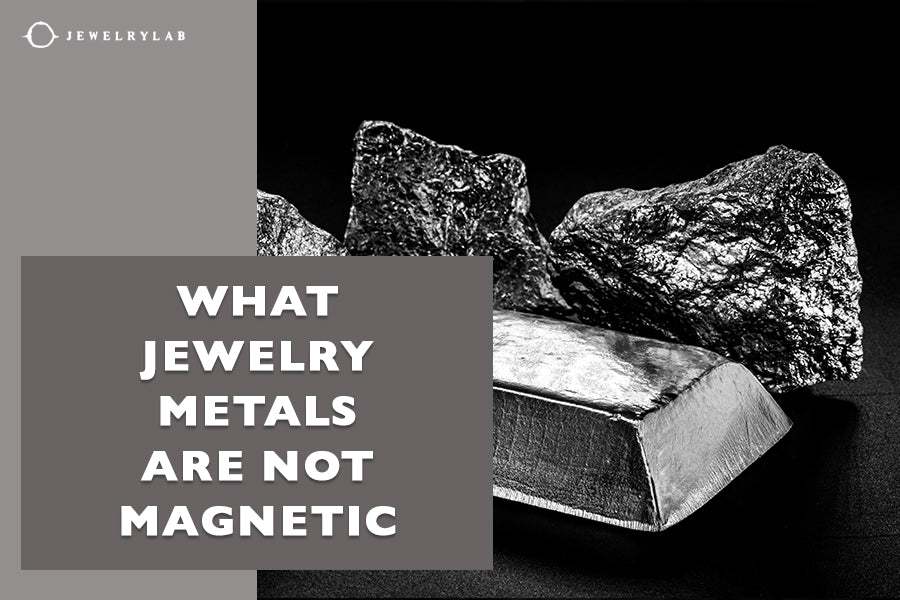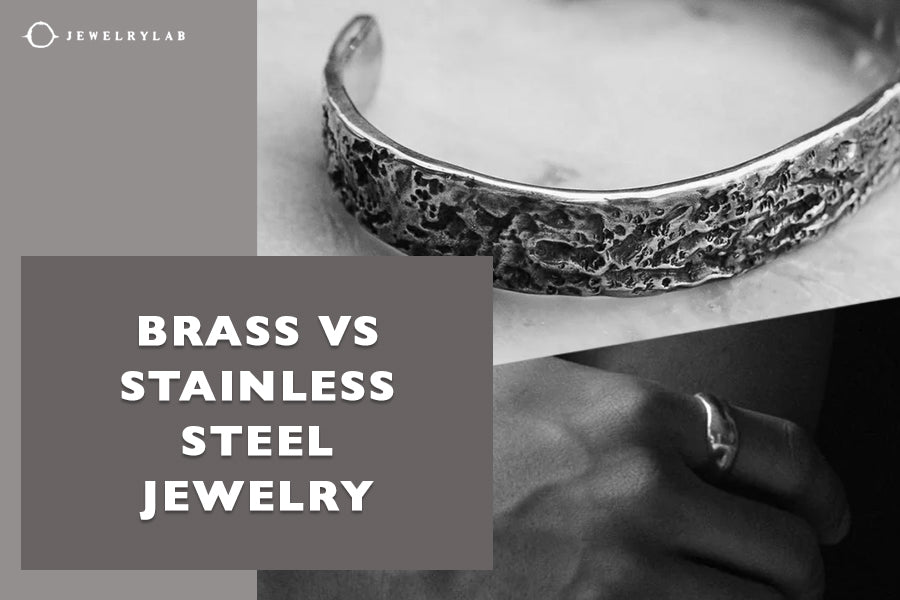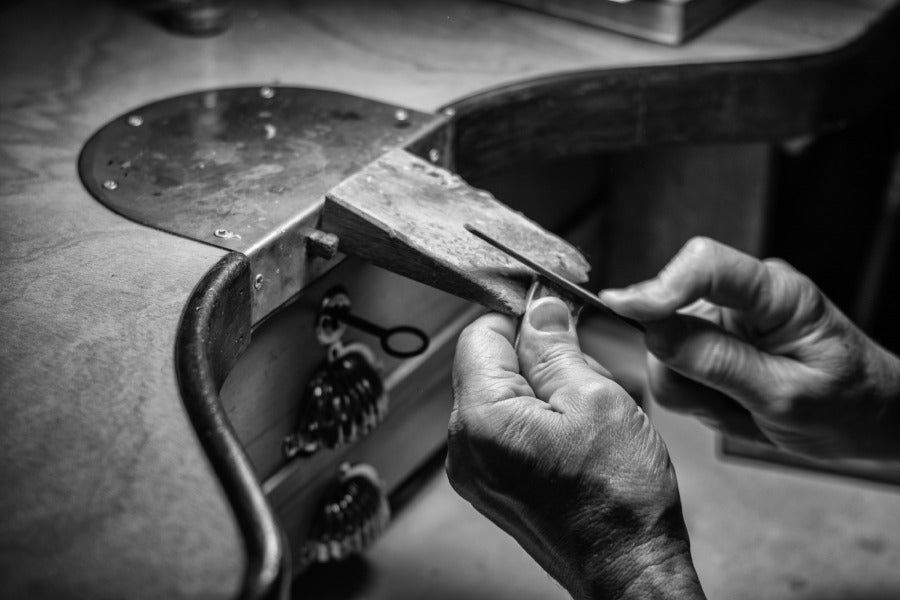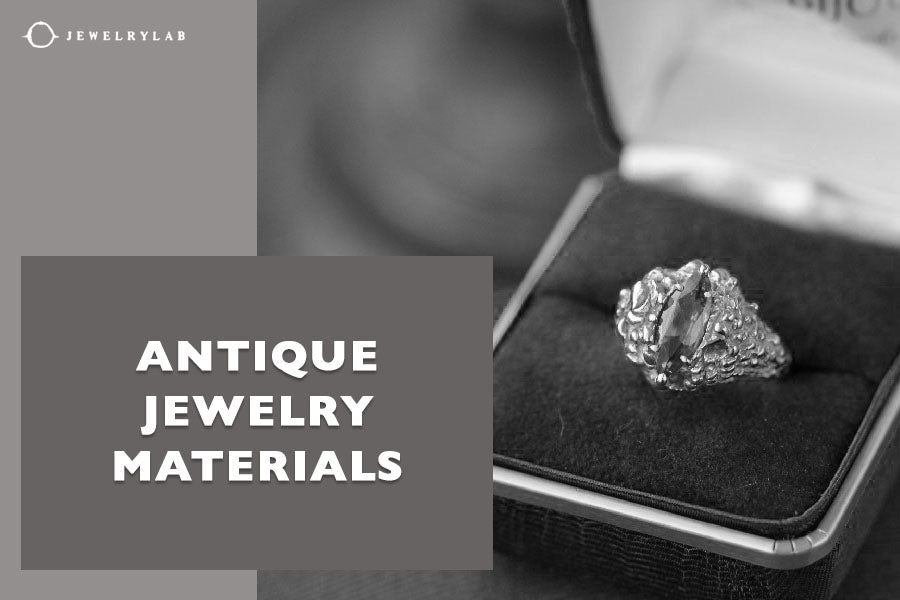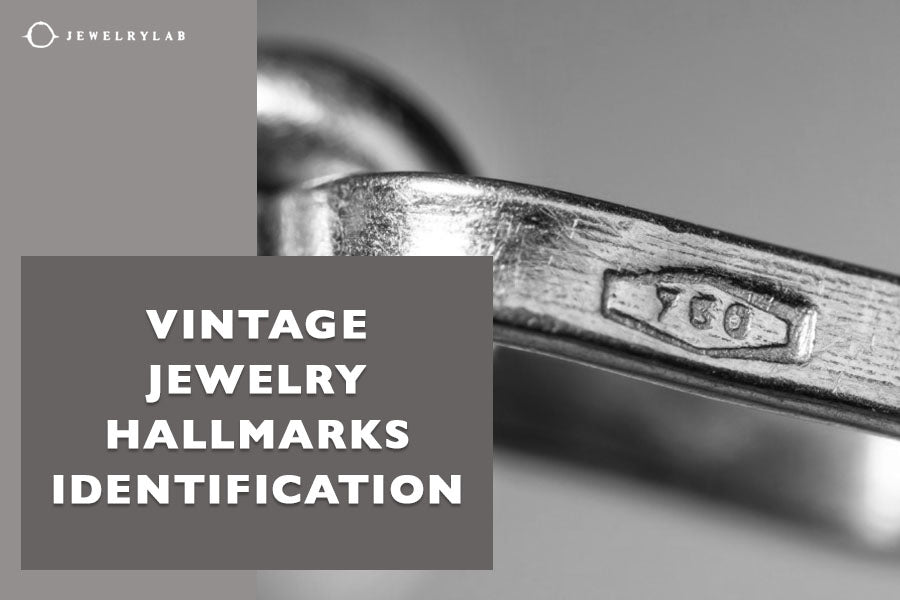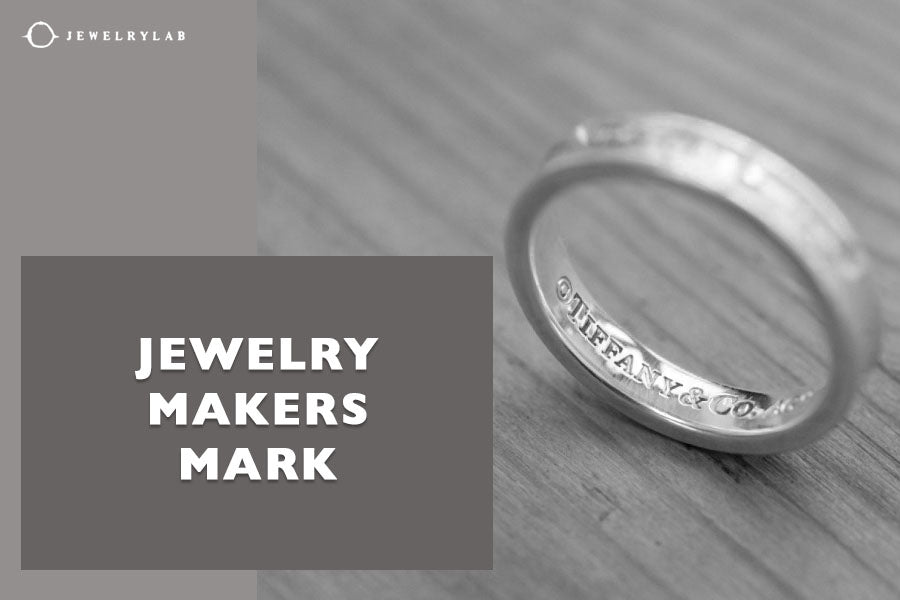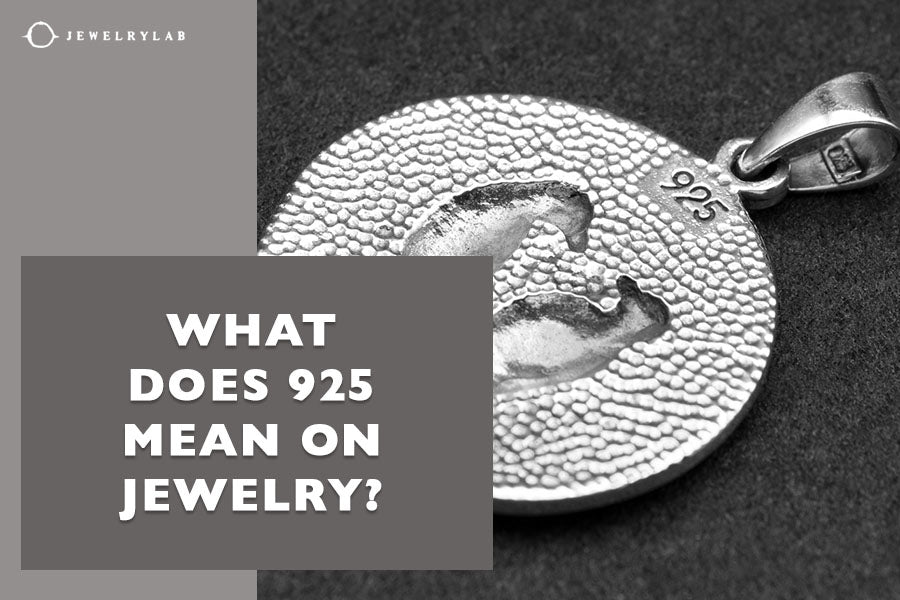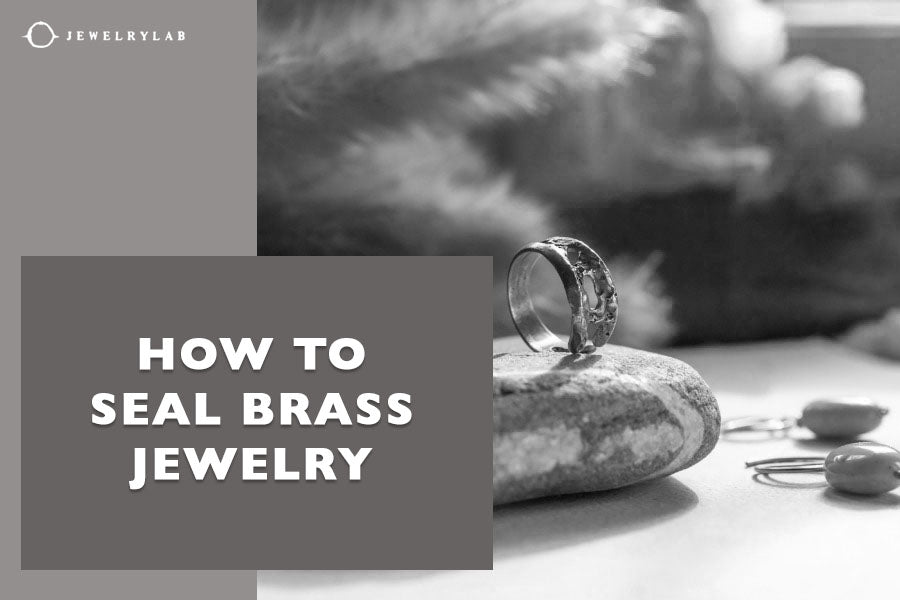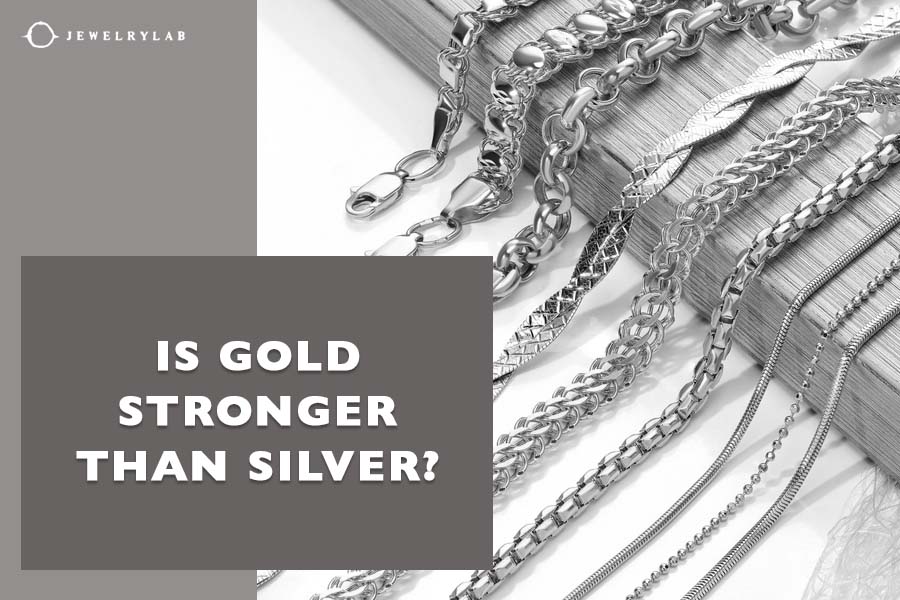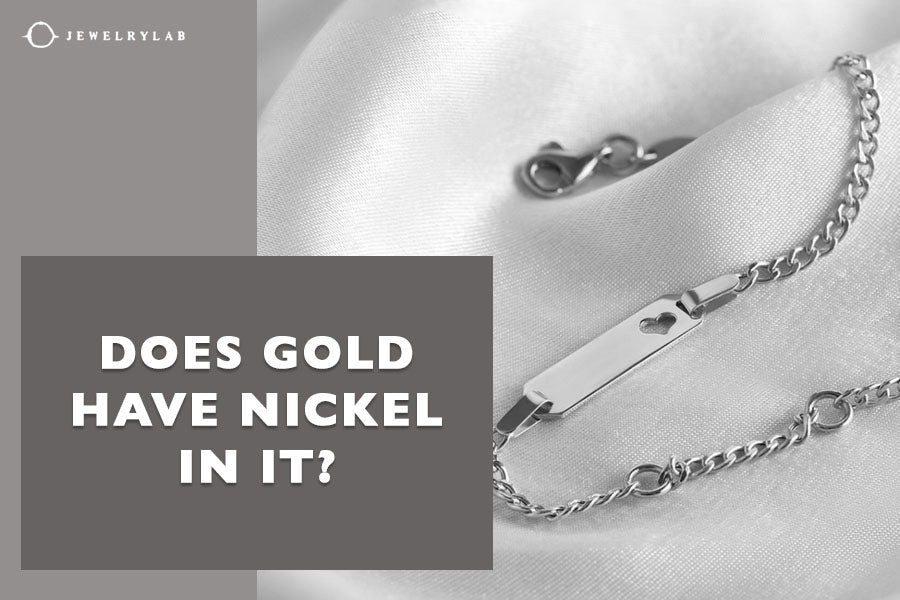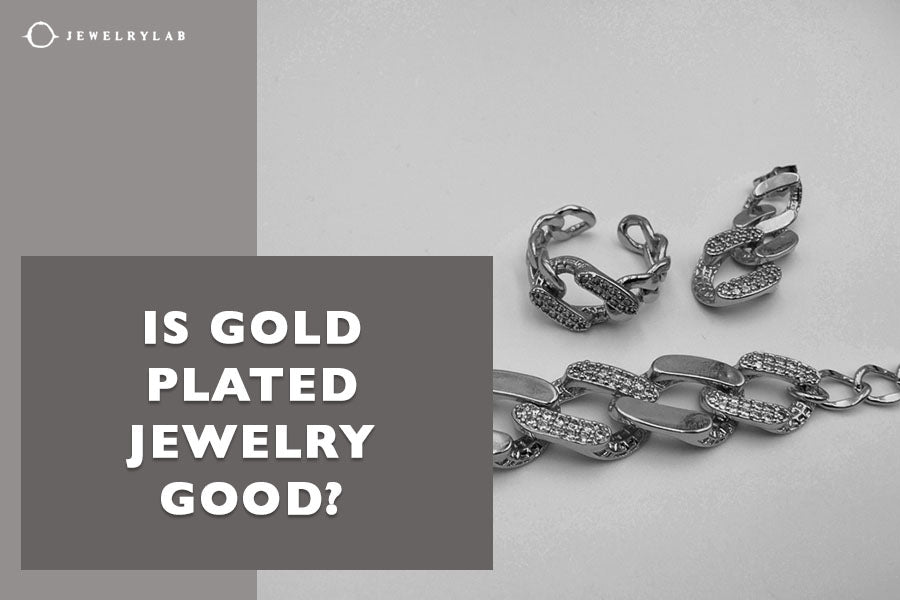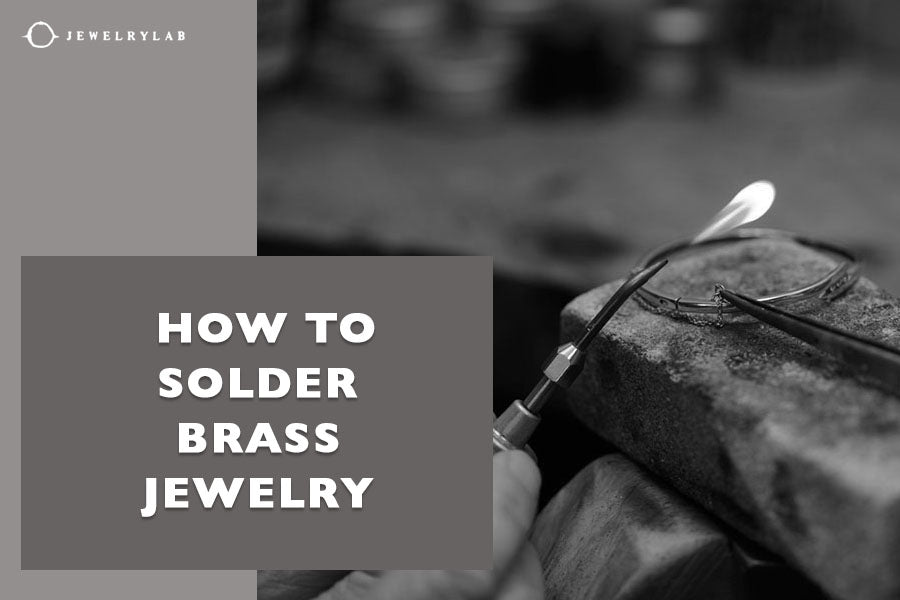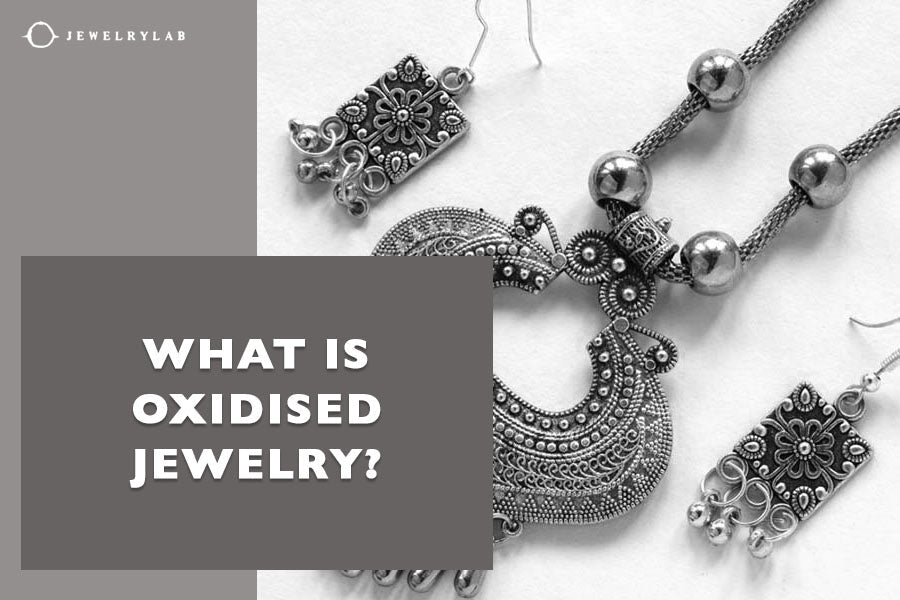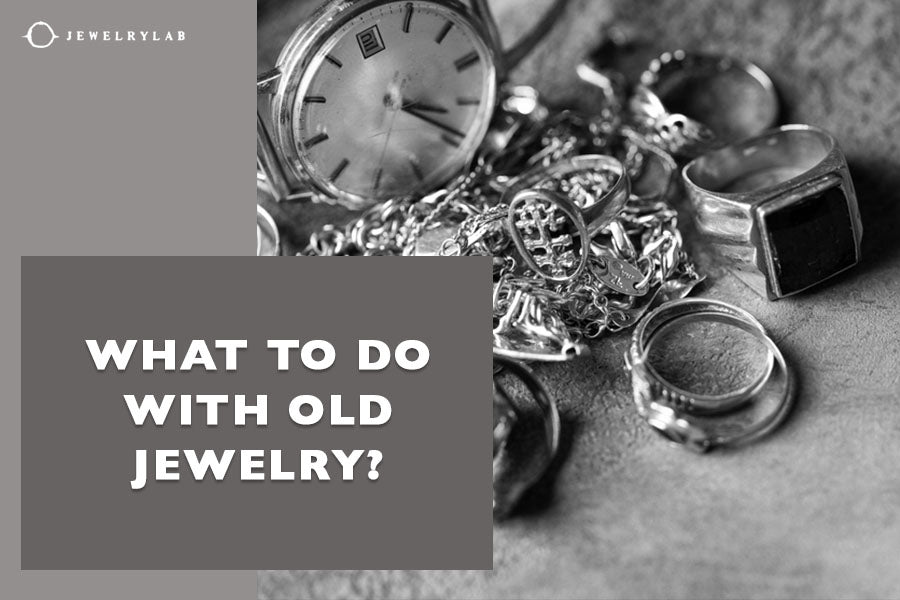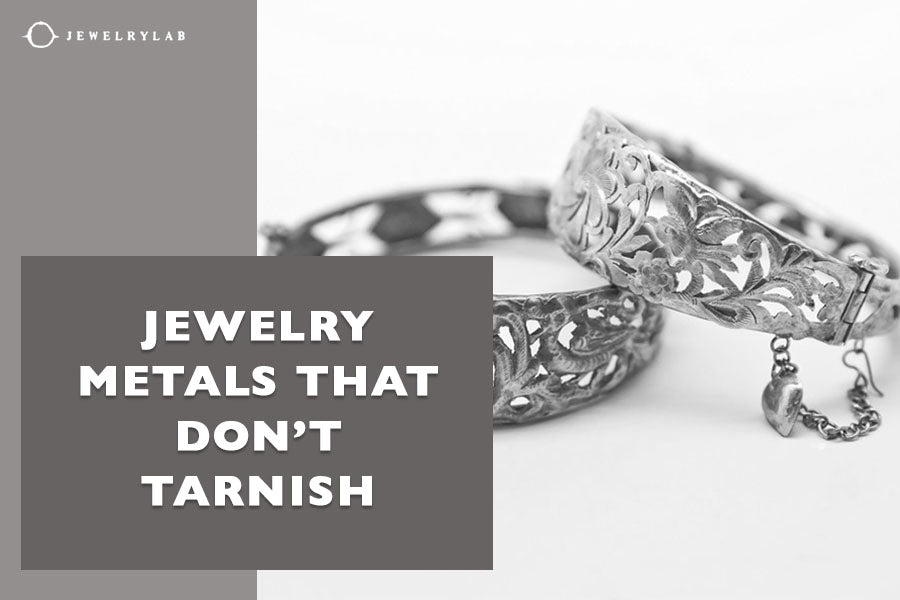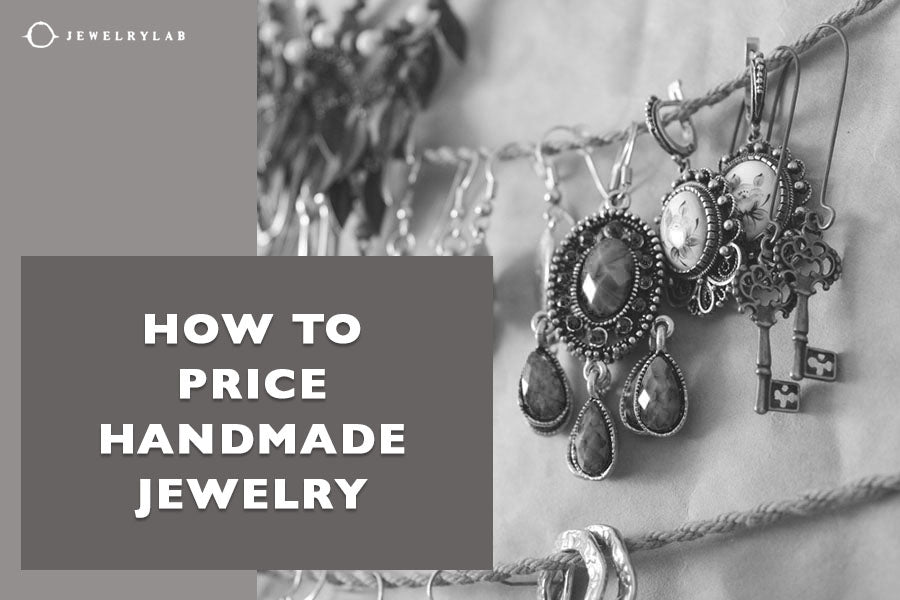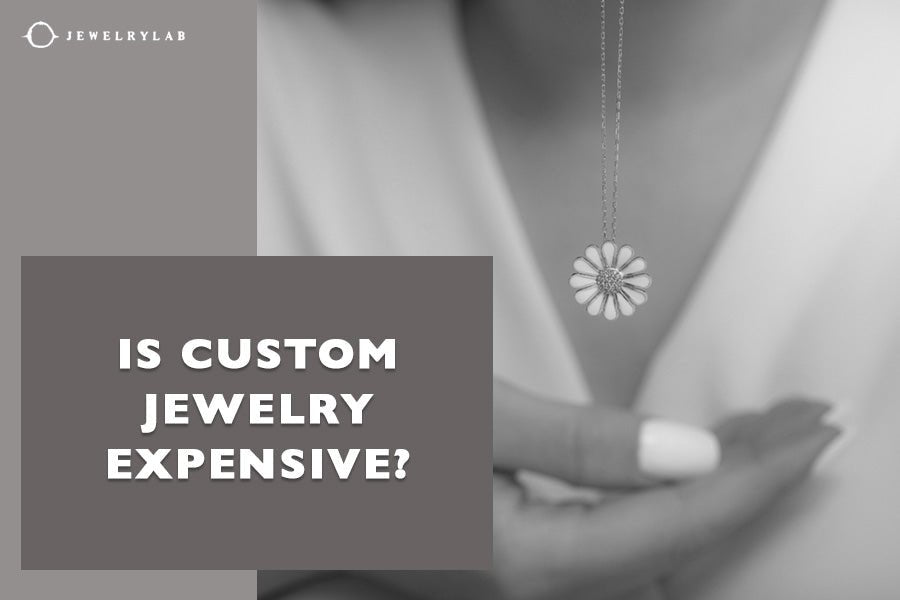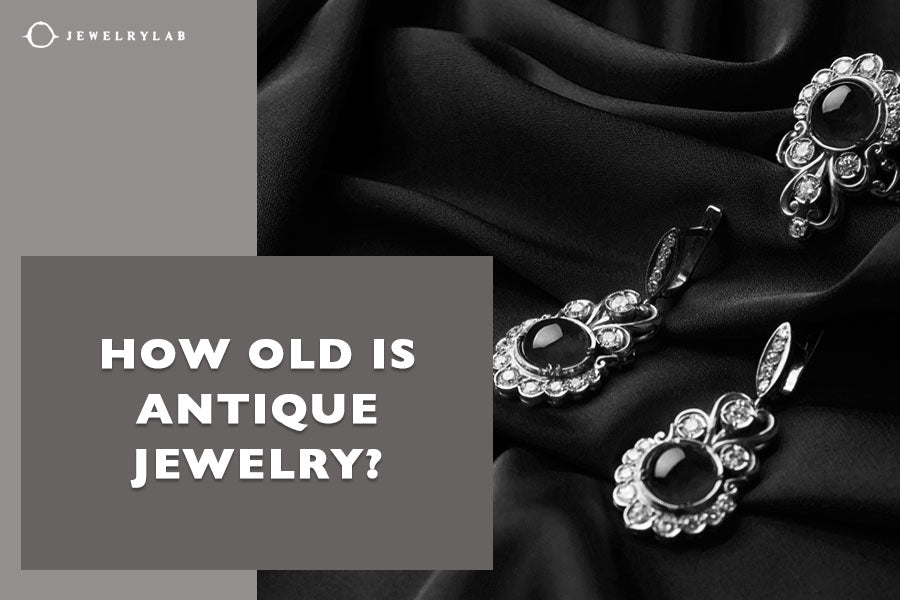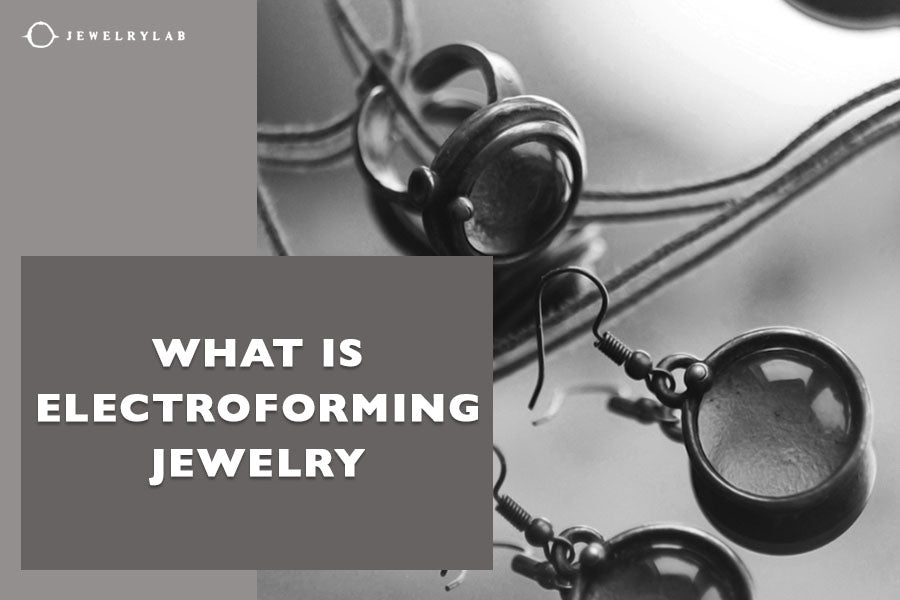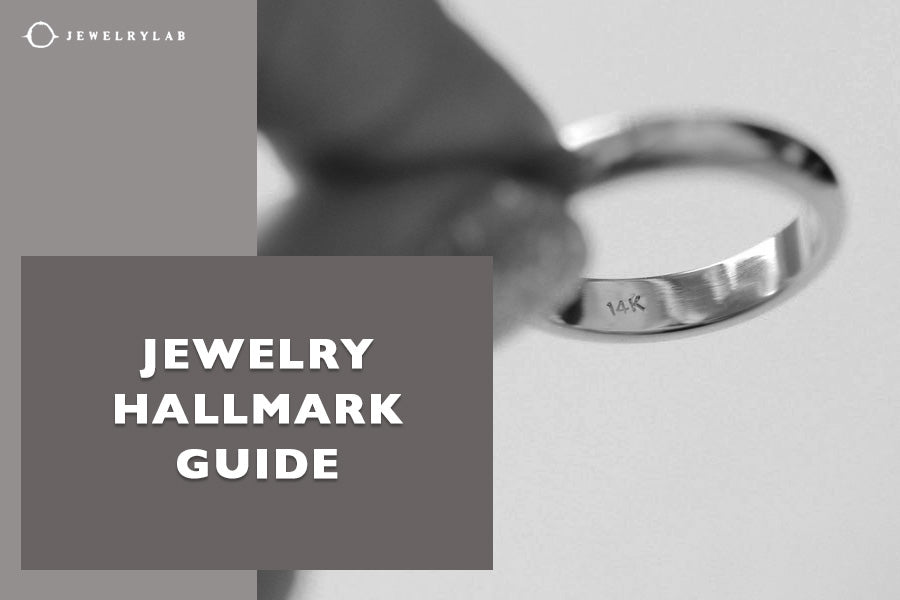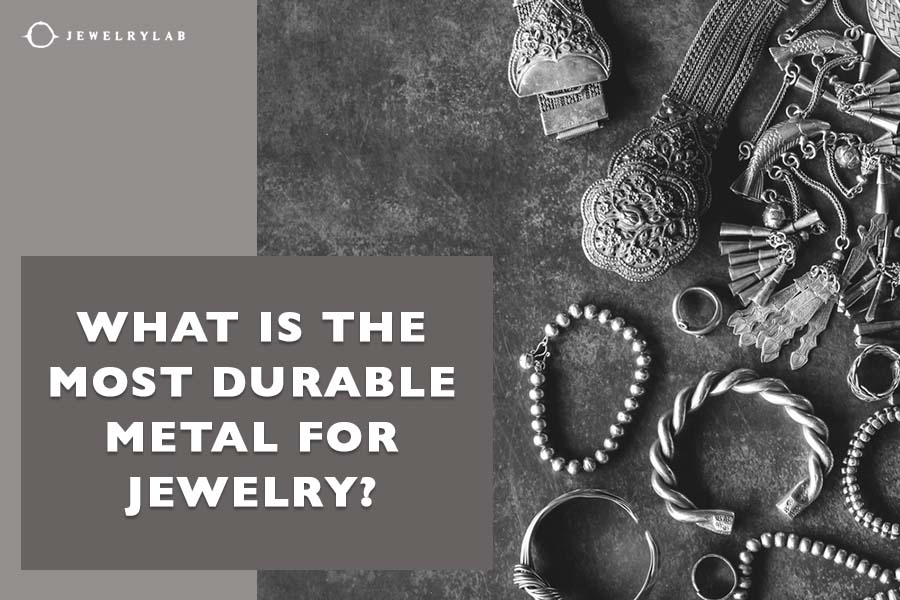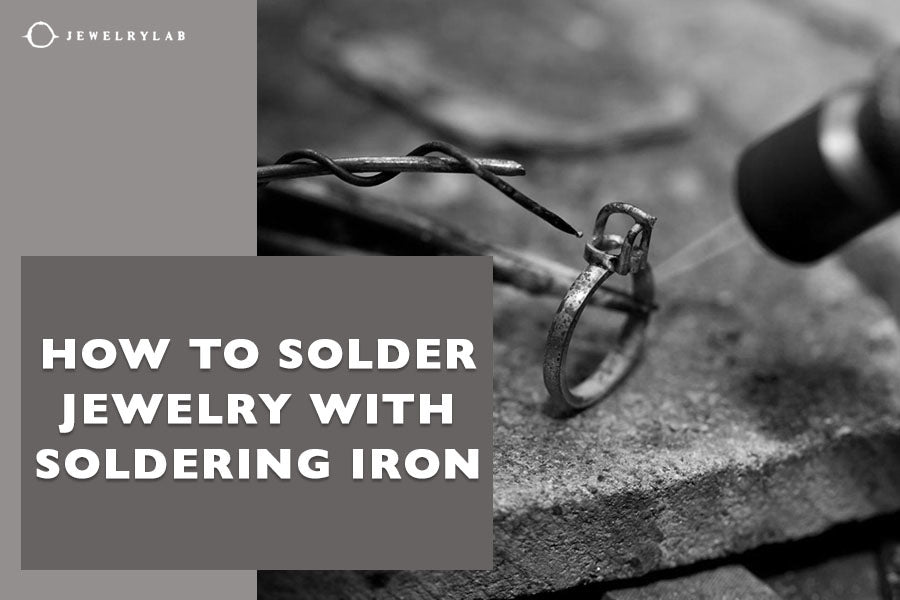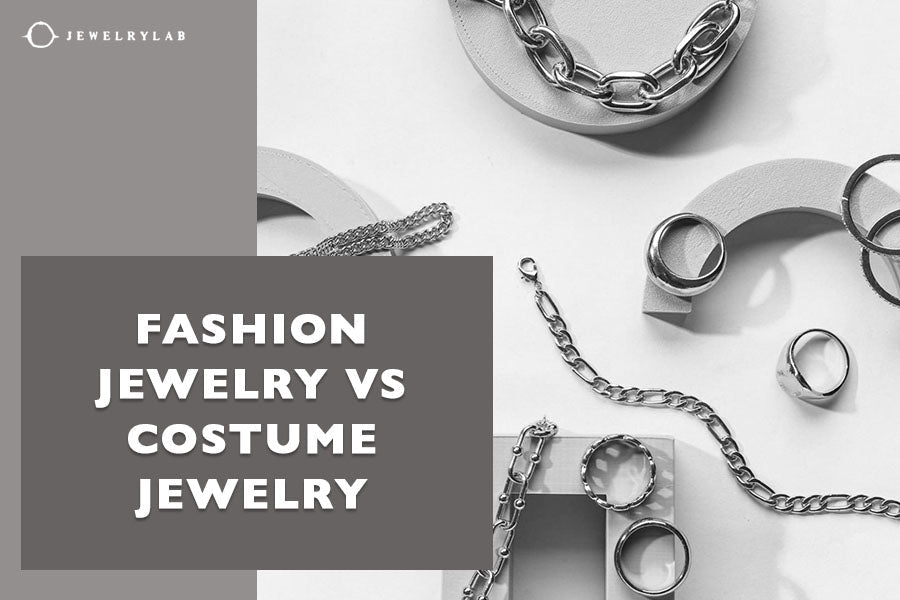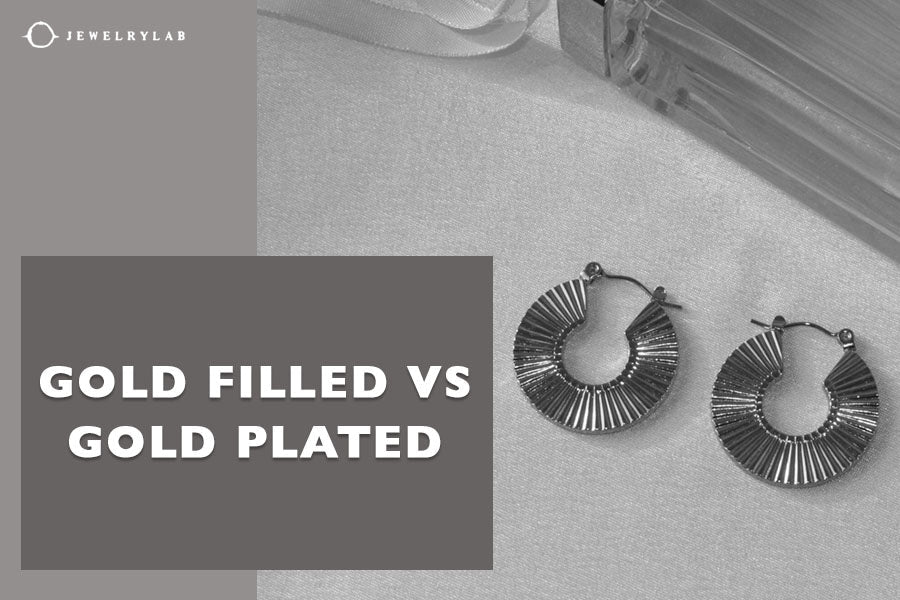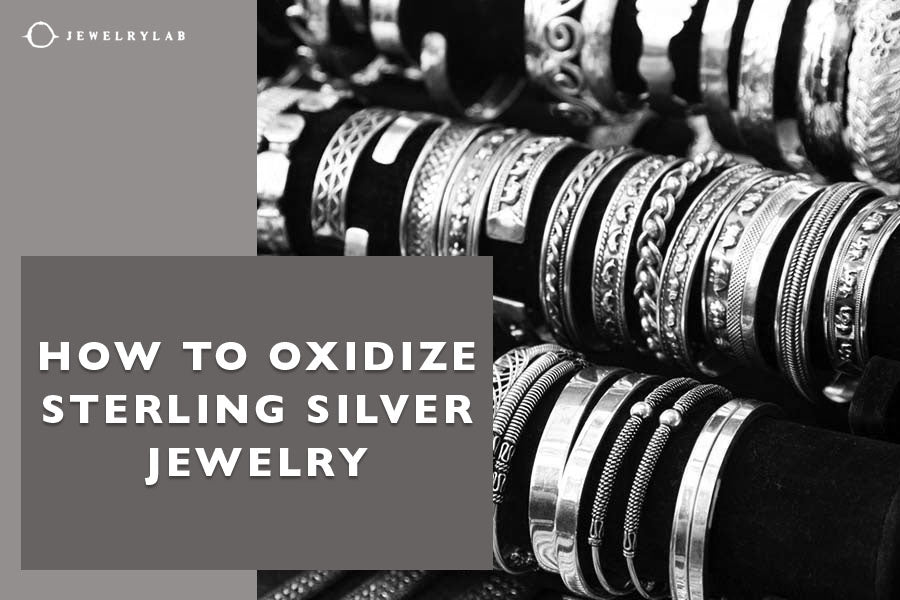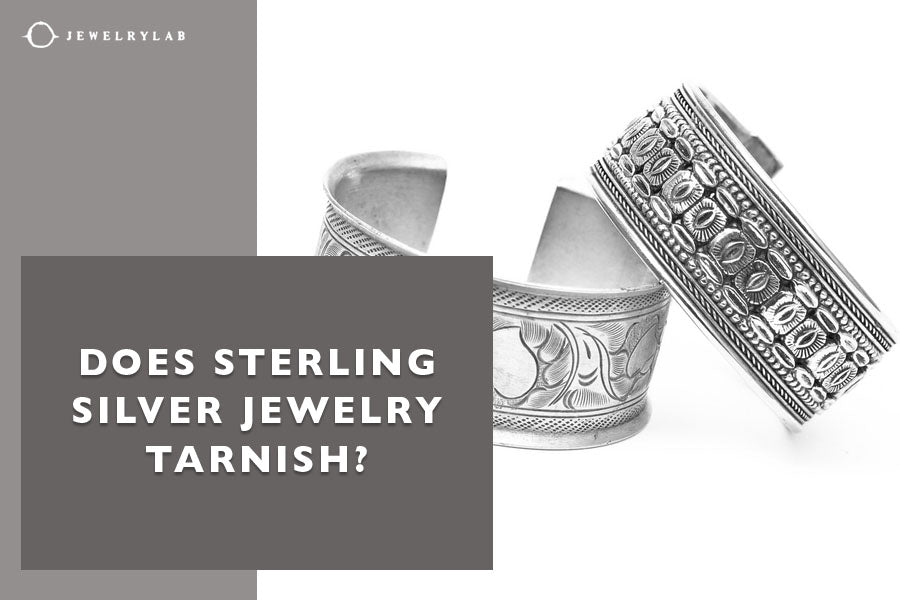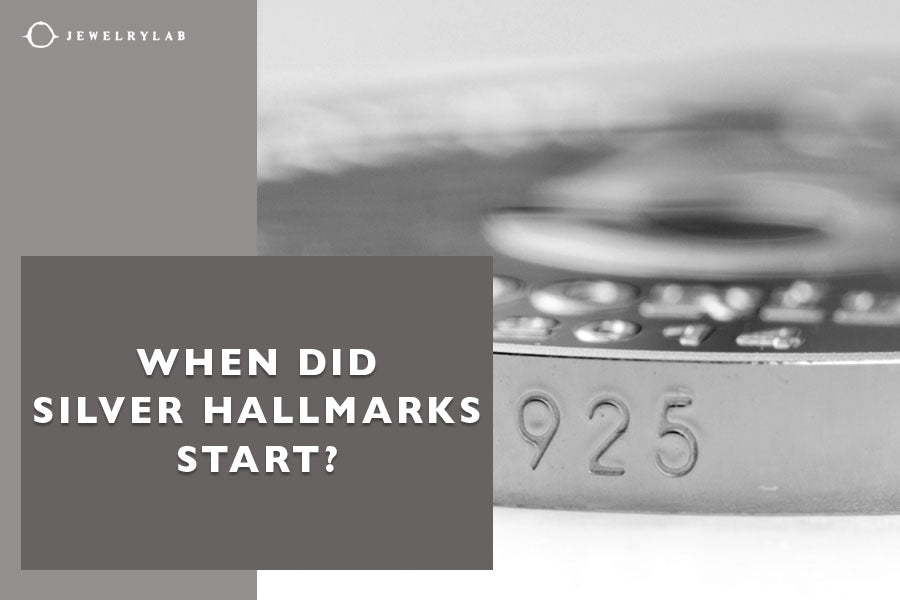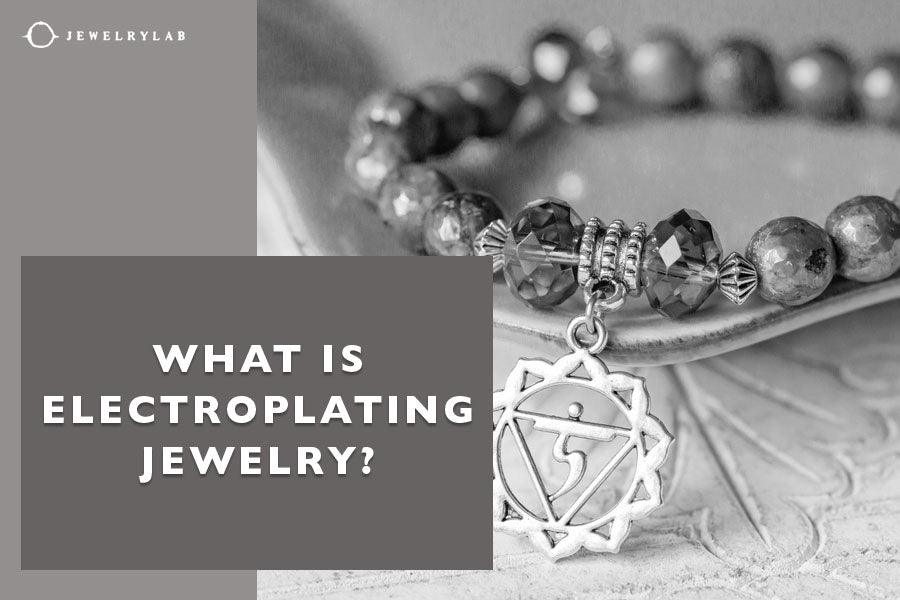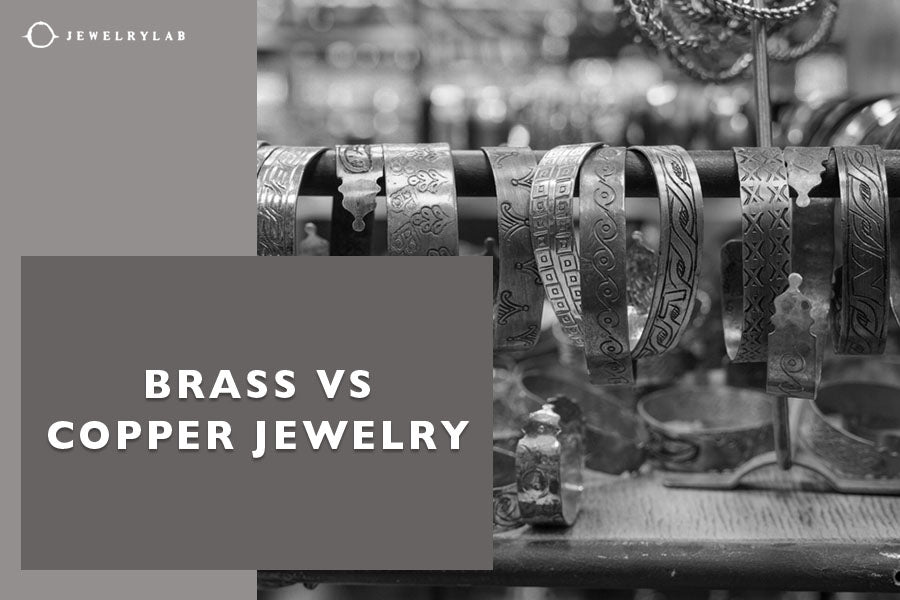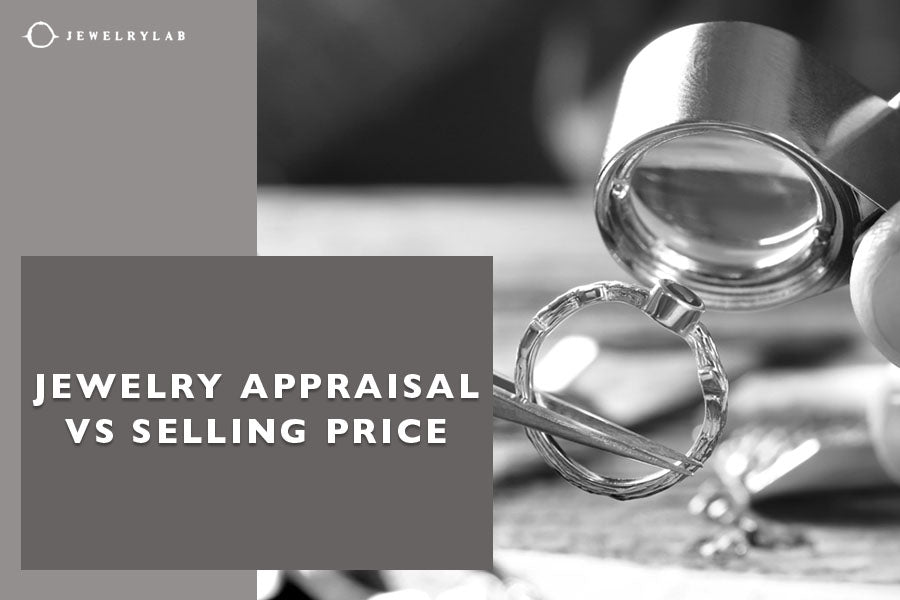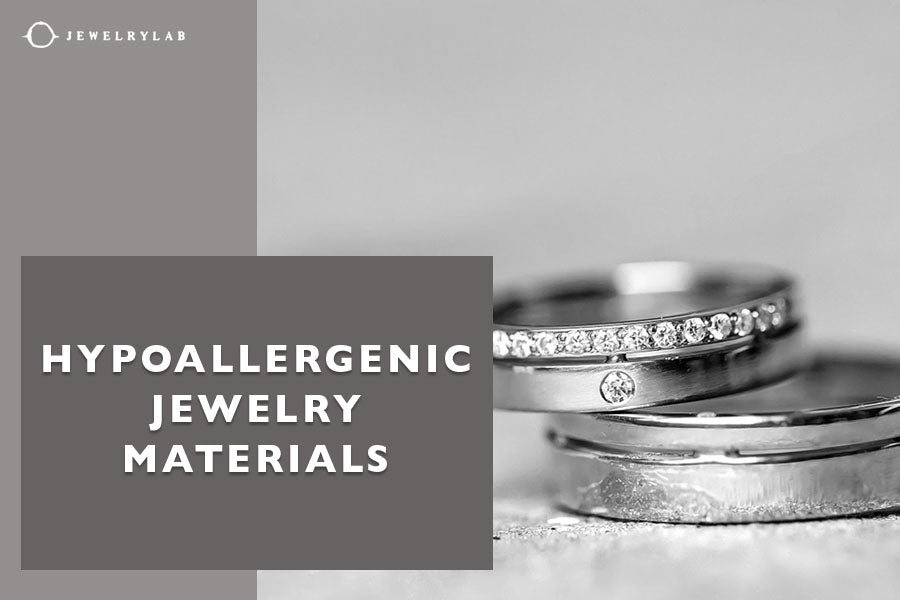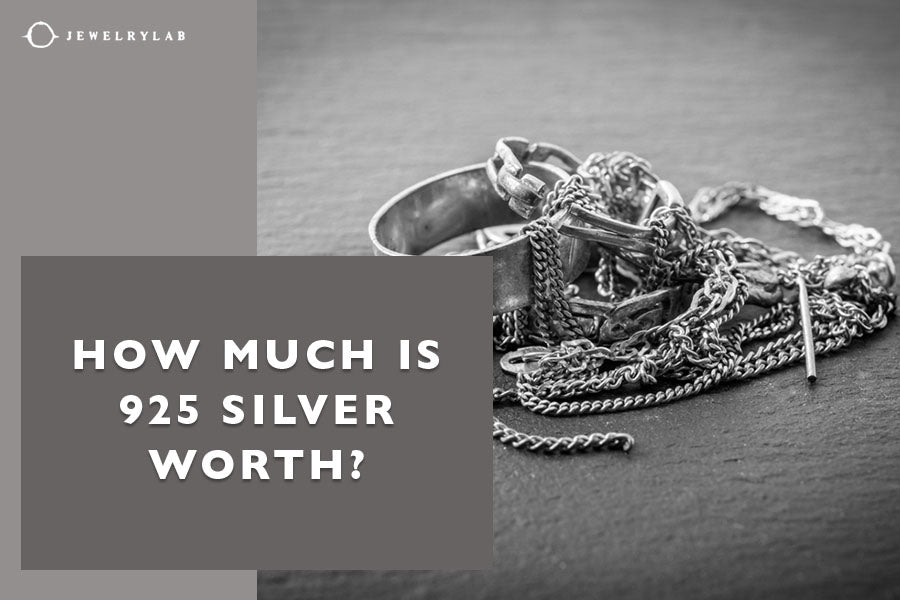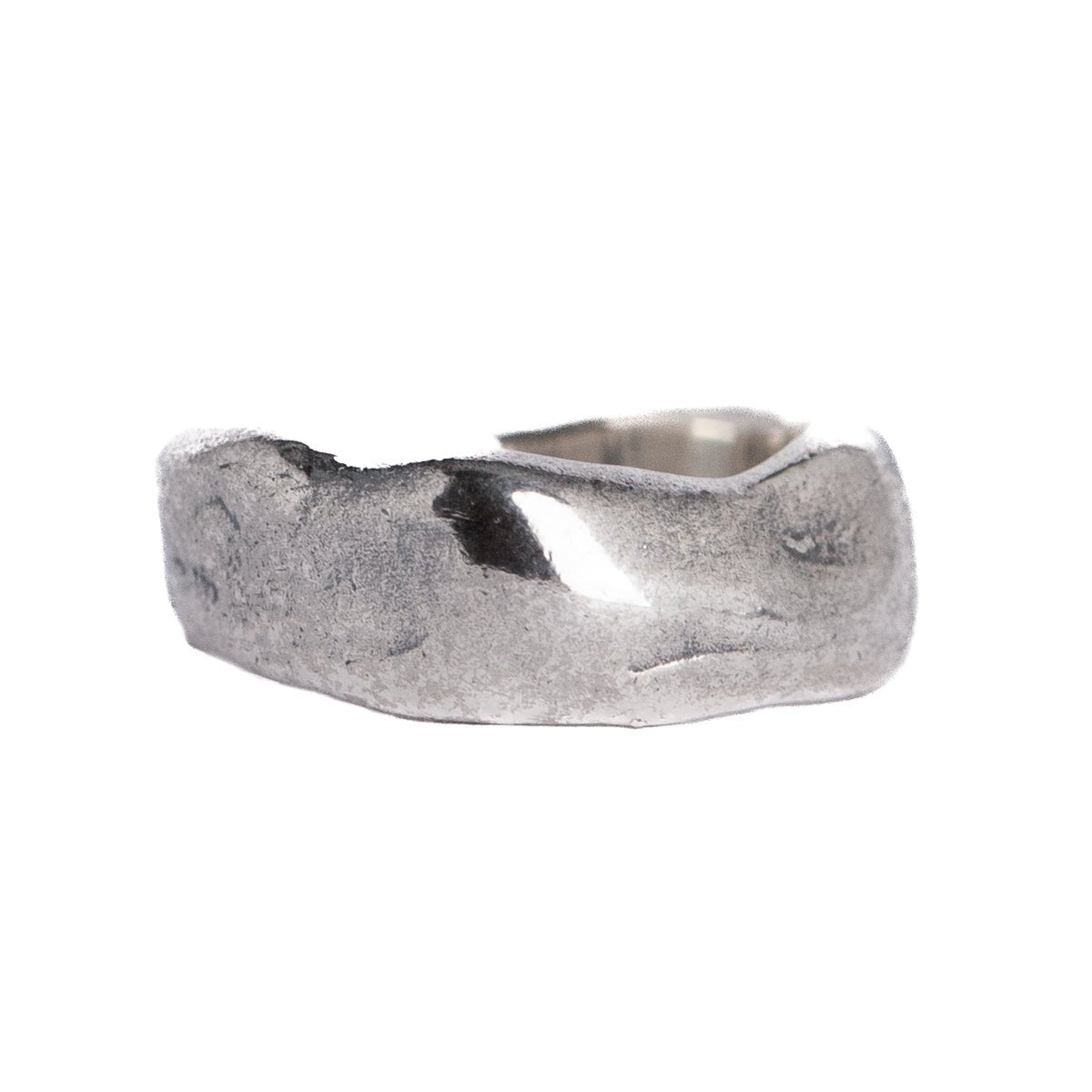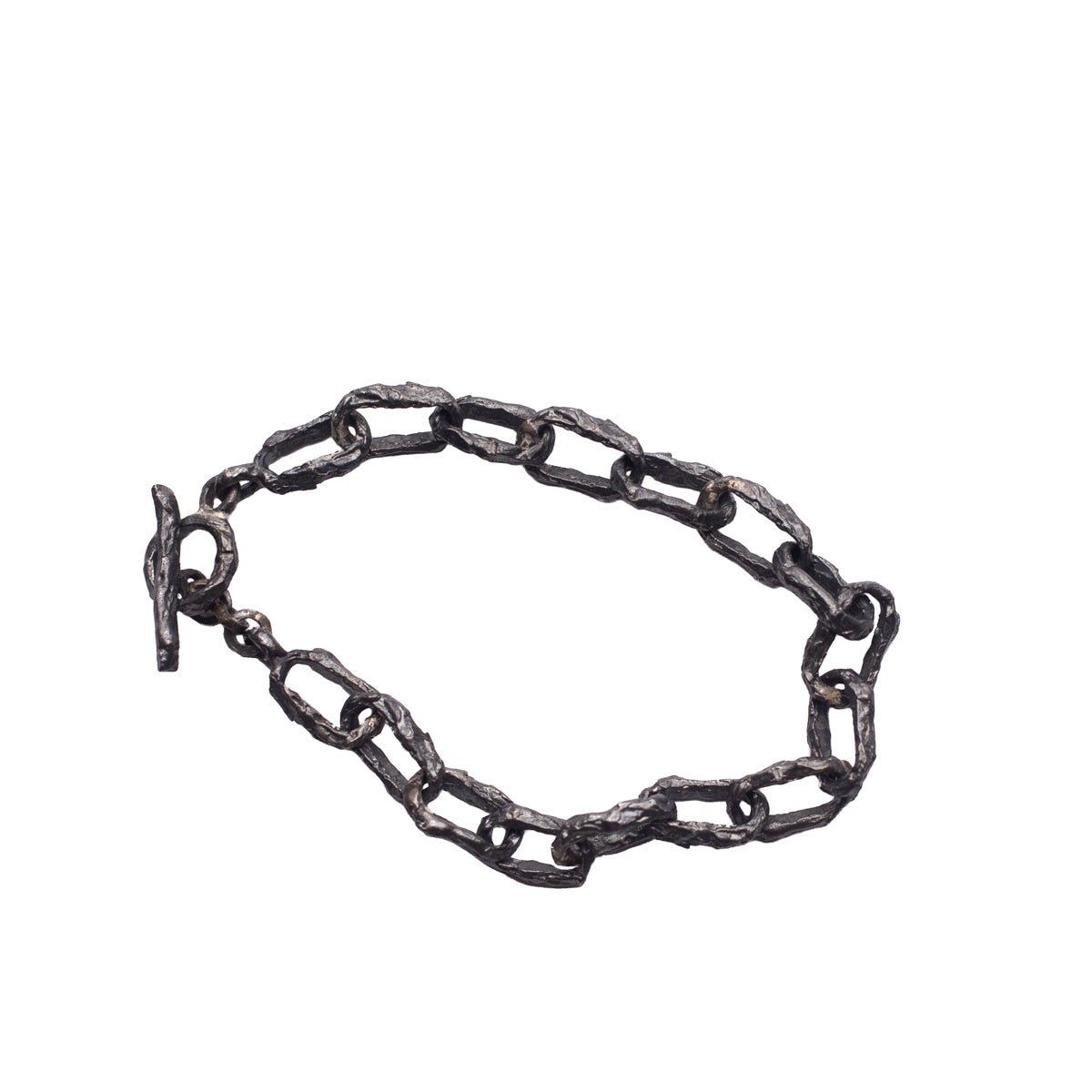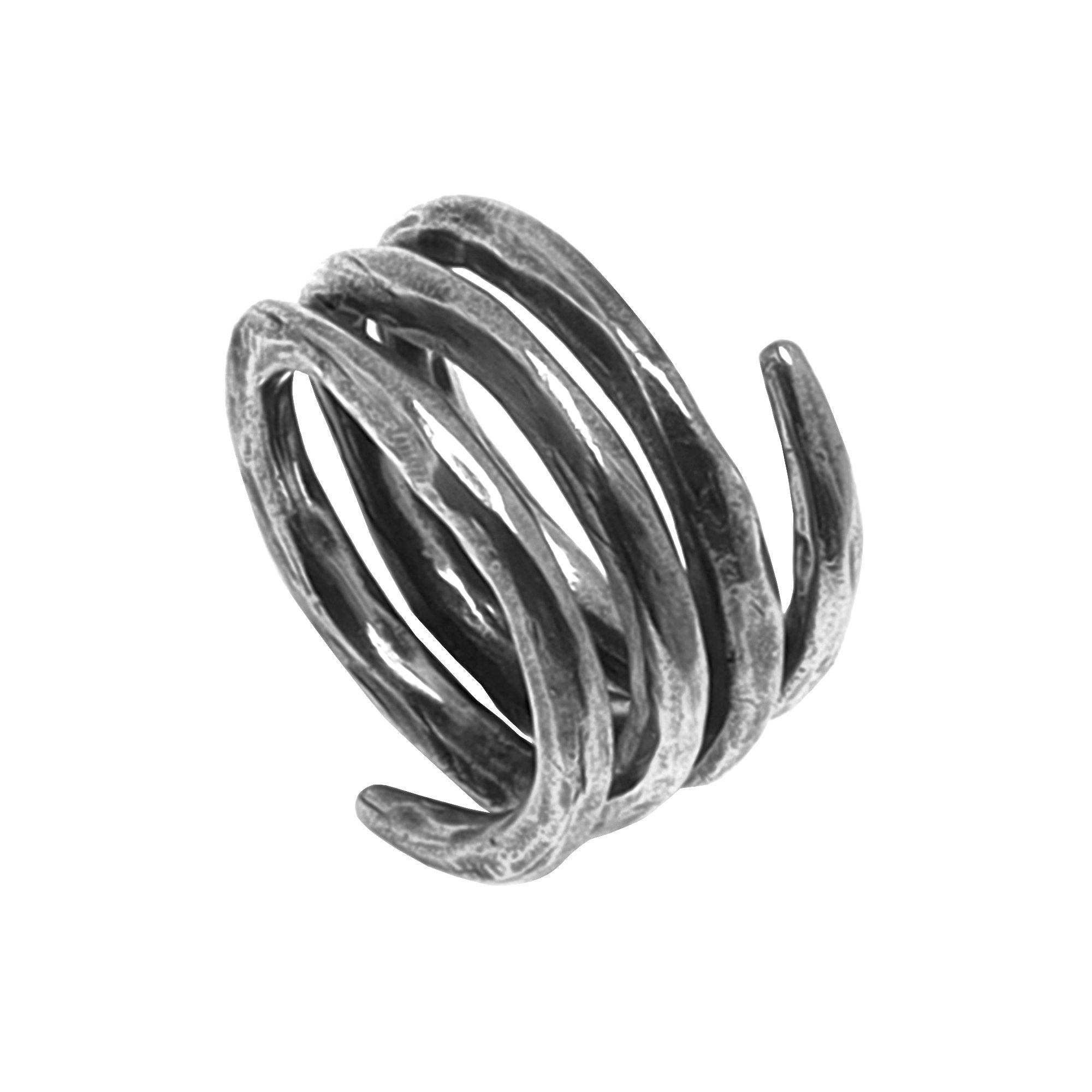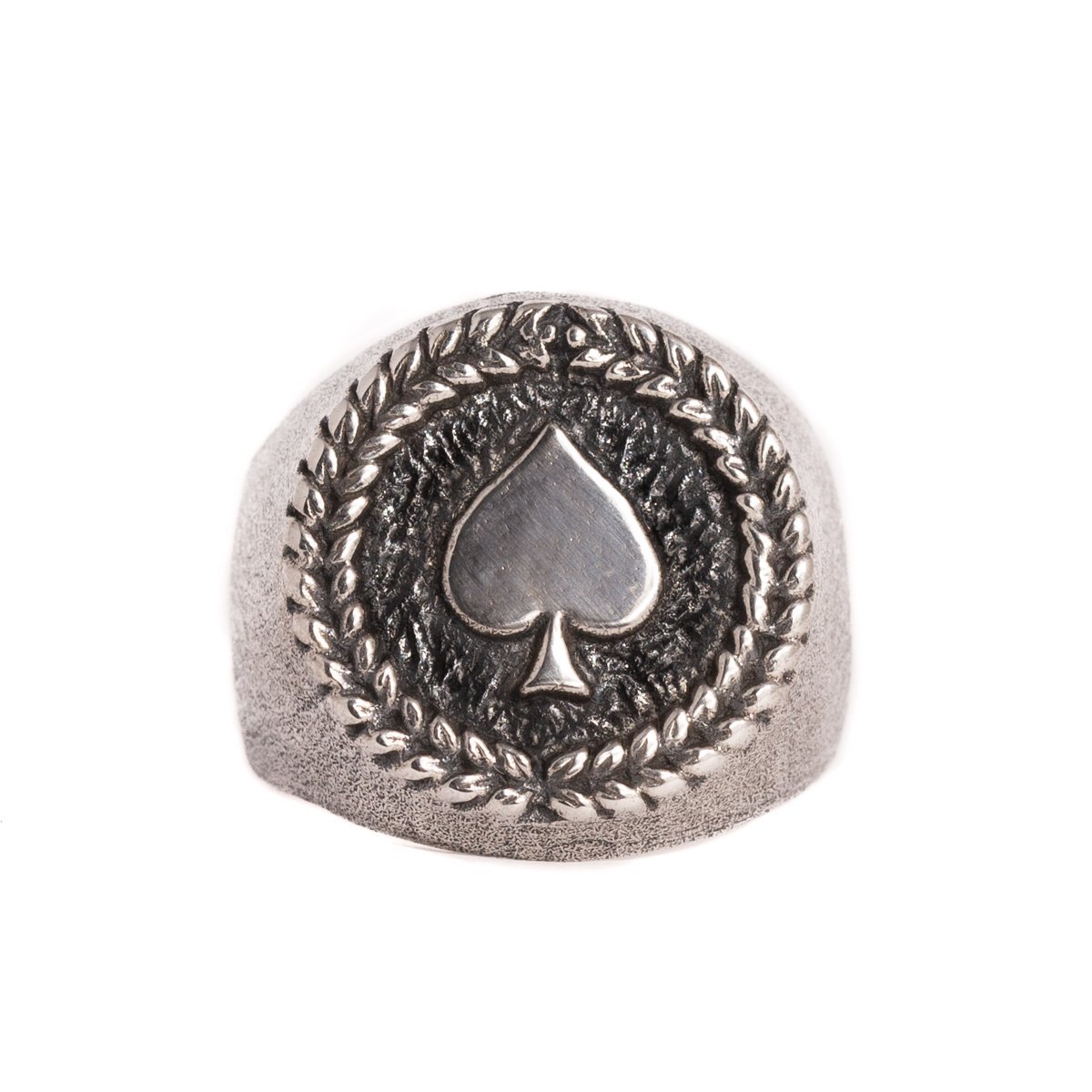by Jesús Zabala - 7 min read
How to Make a Gold Plating Solution
Gold-plated jewelry is a popular alternative for people fond of gold pieces but cannot afford to invest in pure gold jewelry. Gold plating is widespread in custom jewelry, allowing many designs to offer elegance and affordability. But are you wondering how to make a gold plating solution?
We will provide important information for anyone interested in exploring this field, whether for professional or hobbyist purposes. We aim to increase your understanding of the types of gold plating solutions, their preparation, the necessary safety measures, and more.

Choosing the Gold Source
One of the most important aspects of gold plating is choosing a gold bath with a balanced ratio of gold and salt. The reason is simple: if the concentration of gold is low, then the gold disposition will be unsatisfactory.
On the other hand, the gold salt dictates the solubility. If the concentration of gold is higher and exceeds the gold salt solubility, a certain amount of gold will be left in the solution and fail to transfer onto the desired object.
The concentration of gold within a solution is usually measured by monitoring gold conductivity or atomic absorption spectroscopy. However, both approaches have advantages and drawbacks. Overall, measuring the gold content in gold plating solutions precisely becomes difficult due to the drawbacks of both measuring methods.
Understanding Gold Plating Solutions
The gold plating solution is used in the process of electroplating. It involves depositing a thin layer of gold onto the surface of another metal, such as copper or silver, by chemical or electrochemical plating. This solution is a critical component in the gold plating process.
Furthermore, gold plating solutions come in various types, each with its characteristics and applications. The primary types of gold plating solutions include cyanide-based gold solutions and acid gold solutions. To understand them better, we have explained them in detail below.
Different types of gold plating solutions
Cyanide solution
Cyanide gold solutions feature gold cyanide (Au(CN)₂) as their source of gold. These solutions are best known for their conductivity and adhesion they offer.
These solutions offer good conductivity due to their cyanide ions, which stabilize gold deposits. However, due to its toxicity, working with cyanide may pose a significant health and environmental risk and call for strict safety measures.
Acid solution
Acid gold solutions usually feature gold chloride (AuCl₃) or gold sulfite (Au(SO₃)₂) as the gold source. They are widely used in industrial applications because they are less toxic than cyanide-based solutions.
As acids are less harmful than cyanides, they are frequently chosen over cyanide-based solutions. Additionally, they are useful when gold needs to be removed, dissolved, or plated onto surfaces because of their characteristics.
Electrolyte solution
Learning how to make a gold plating solution also entails selecting a solution and a suitable electric current to finalize the transfer of gold onto another type of metal. Selecting a suitable electrolyte solution is key to obtaining high-quality gold plating.
You have several choices at this stage, including alkaline cyanide, neutral cayenne, acid cyanide, and cyanide-free gold sulfites. Each has unique properties and uses specific gold sources and additional components. For instance, alkaline cyanide uses potassium dicyanoaurate, which marks high toxicity levels and has soluble and insoluble anodes.
Moreover, cyanide-free options such as gold sulfite electrolytes are less toxic and offer good deposition rates. Still, factors such as desired gold layer characteristics and safety concerns drive the choice of electrolytes.
Gold dissolution process
Gold is highly resistant to corrosion and oxidation, and aqua regia might be one of the substances that can dissolve it. This dissolution process aims to create gold chloride.
However, safety should always come first when engaging in this process, as combining aqua regia and gold releases fumes. We recommend doing it under a fume hood or within a well-ventilated area.
When combining gold and aqua regia, carefully observing the reaction is important. Usually, this process lasts about 20 minutes. But it may last longer, depending on the quality and quantity of gold. Next, you add a chemical called sodium metabisulfite to the liquid. This causes the gold to form solid particles and separate from the liquid.
Then, the solid gold particles are collected. Usually, settling and filtering are the steps to gather the solid gold particles. They need to be purified to dissolve again in aqua regia.
Finally, heat the solution to about 120 degrees Celsius (248 degrees Fahrenheit) to get pure gold in a solid form. This evaporates the acid, leaving behind red crystals of gold chloride.
How to Make a Gold Plating Solution
Preparing a gold plating solution is a process that entails dissolving the gold in aqua regia to produce gold chloride. And it is later combined with a cyanide solution. So, we have explained the necessary steps. They are the following:
Mixing the gold plating solution
When making a homemade gold plating solution, the process always begins with nitric acid. This powerful acid finds its role in gold dissolution, central to the gold plating procedure. You need to have nitric acid with a 50% or more concentration to create a successful gold plating compound.
You can make it by combining other ingredients if such acid is unavailable. In such scenarios, you may combine sodium nitrate with sulphuric acid, which can produce 90% nitric acid.
To avoid the common dangers associated with this type of nitric acid creation, you may also dilute commercially available nitric acid. With the help of fractional distillation, you can raise the nitric acid concentration and reach a 50% concentration.
Once done, you should move on to the next step, which entails creating aqua regia. The main role of this solution is to help us dissolve the gold. Combine nitric acid with hydrochloric acid to prepare it at a 1:3 ratio.

Safety precautions for working with acids
As working with acids may have certain dangers, we have to emphasize that learning how to make a gold plating solution safely should be a priority.
Some common precautions include wearing protective gear such as gloves, safety goggles, and an apron. Working in a well-ventilated area is also a good idea as this may help avoid inhaling toxic fumes.
While avoiding acid spills and splashes is one of the main goals, even when handling this process with extra care, potential hazards may happen. Learning how to neutralize acid spills is essential in handling such scenarios. Also, safely storing the acids you are working with or disposing of them based on regulations should be a primary concern.
Adjusting the solution
Adjusting the pH level in gold plating is crucial. The choice of bath mainly depends on factors such as the functional requirements of the gold coating and the substrate. In gold plating, there are three types of baths to choose from:
Alkaline baths
Alkaline baths are best known for their good throwing power and reduction of base metal co-deposition. Their pH range is from 9.0 to 13.0.
You can expect the gold deposit to be bright and hard in alkaline baths. To improve the electric conductivity and throwing power in alkaline baths, you may add agents such as sodium hydroxide and sodium EDTA.
Neutral baths
Neutral baths allow alloy formation and minimal attack of delicate substrates. As they do not threaten delicate substrates, neutral baths are often preferred when plating substrates such as plastic ceramics.
We should note that using chelating agents in these baths is essential in avoiding the deposition of metallic impurities. Their pH values range between 6.0 to 8.0.
Acid baths
Acid baths also allow alloy formation without attacking delicate substrates. With a pH between 3 to 6, these baths offer the lowest pH out of the three.
They help produce the purest commercial gold deposits, with the possibility of reaching 99.99% purity in ideal circumstances. By adding brighteners, you might achieve a range of colors, from pale yellow to violet, with these baths.
Electroplating
This is the final stage in gold plating. We will briefly explain this process to help you get a clearer idea of how gold plating works. The jewelry item is submerged in a liquid solution containing gold during the electroplating process.
Then, a direct electric current is used to dissolve the metals and create a chemical reaction to bond the gold to the other metal. The jewelry remains submerged for a certain time, depending on the desired gold layer thickness.
Hence, the success of electroplating relies on several factors, the biggest one being the condition of the jewelry item in question. This is why we recommend properly cleaning and polishing the jewelry before electroplating begins.
Safety Precautions and Guidelines
As mentioned, creating a gold plating solution holds potential dangers. Here are some of the main points that should be noted when performing this chemical procedure:
- Ensure the ventilation system is properly set up, and use a fume hood. This can help you avoid any hazardous chemicals accumulating in your space. We must note that an open window is not considered proper ventilation.
- Wearing protective equipment is key in maintaining safety when working with plating solutions. The basic gear you should invest in includes gloves, safety goggles, and an apron to protect you against chemical splashes.
- It's important to have a labeling and storage system to prevent potential accidents and mixups. Following safety protocols is essential. For instance, never store cyanides next to acids in a cabinet.
Safety is paramount in each phase of the gold plating process, so we advise approaching each cautiously. Additionally, doing thorough research on each substance may help ensure you are better informed and equipped if you decide to take up this process independently.

Conclusion
Creating a gold plating solution is a complex process that combines chemistry, precision, and safety. Each step requires attention to detail and knowledge of the chemical properties involved, from selecting the right acids and electrolytes to adjusting the solution. Safety and thorough research are paramount in this process, as working with acids and other chemicals presents inherent risks.
By following the guidelines outlined on how to make a gold plating solution, you can safely explore the art of gold plating. Our instructions can help you achieve optimal results while maintaining a safe working environment.
-
DESIGNED & HANDMADE IN BALI
-
FREE RESIZING FOR EVERY PIECE
-
FREE SHIPPING ON $150+ ORDERS
-
100% SAFE & SECURE CHECKOUT

